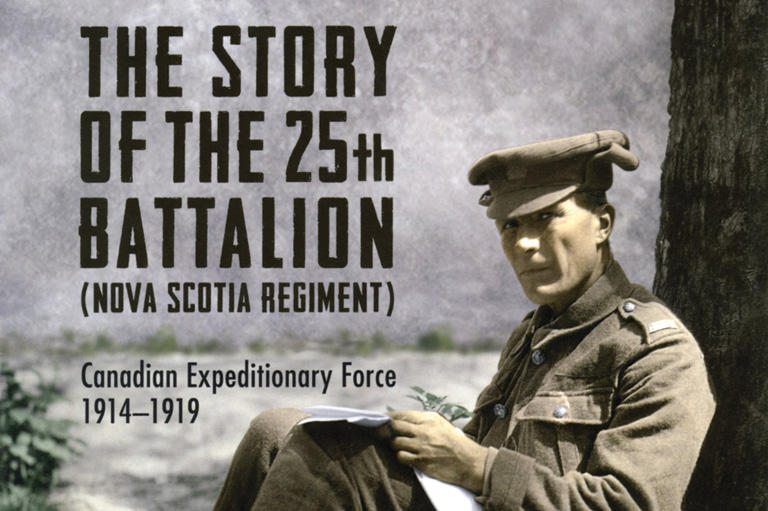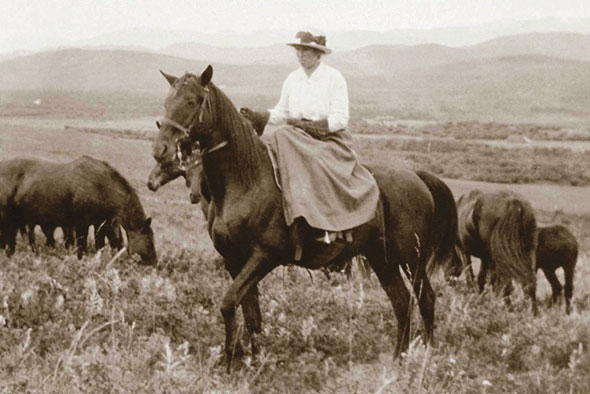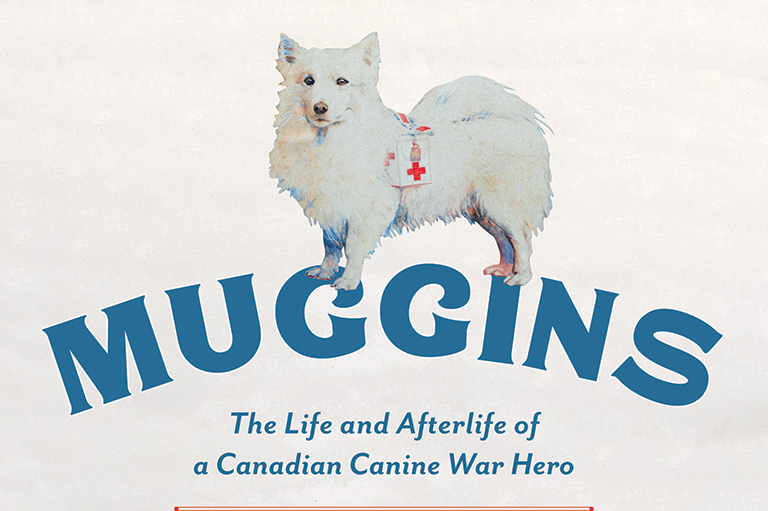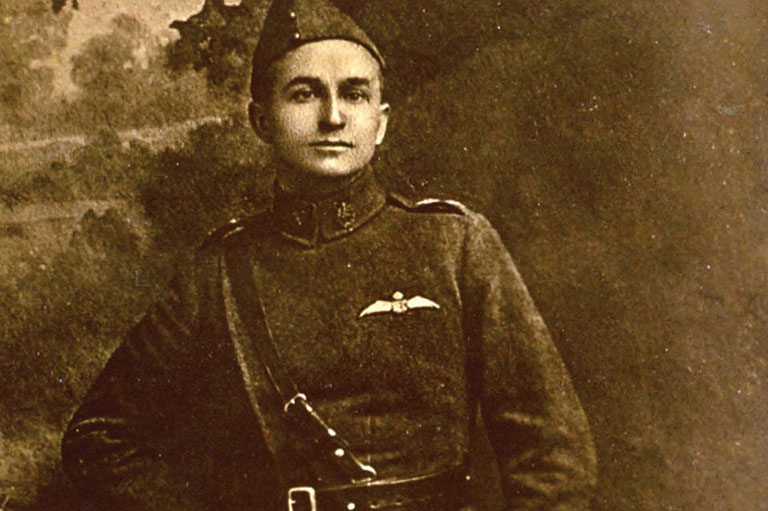Strangers in the House
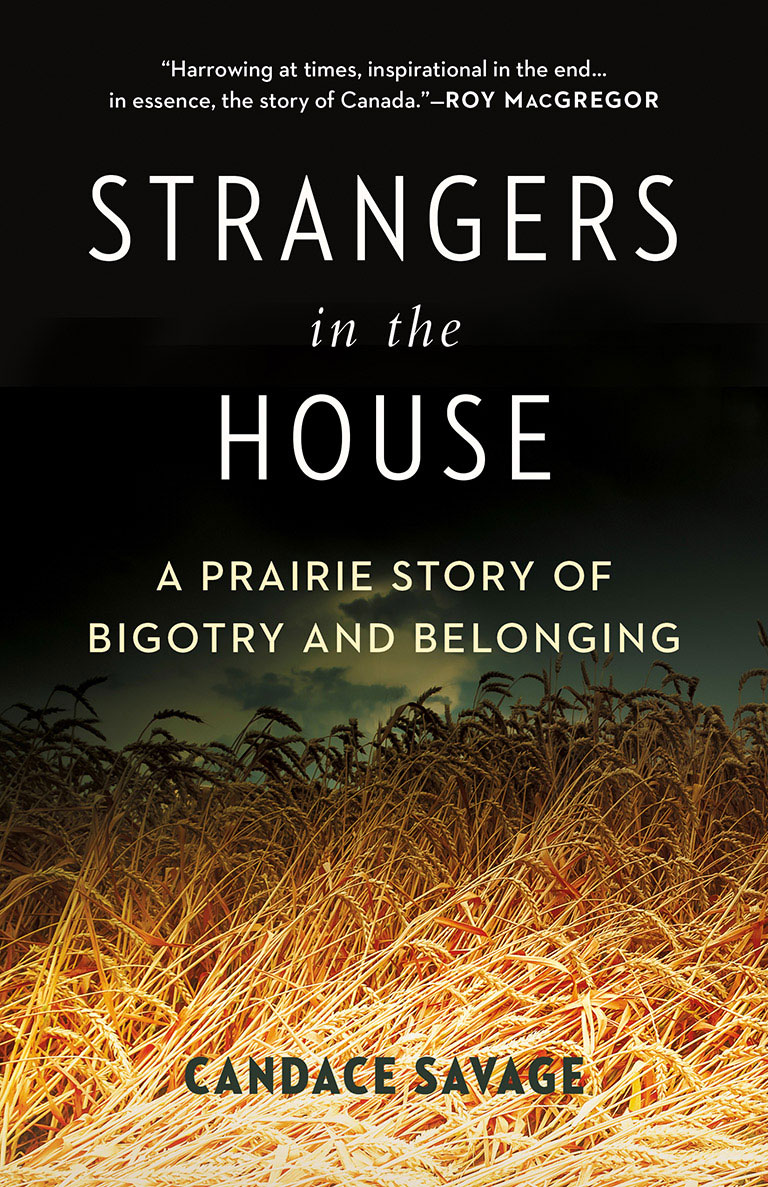
Strangers in the House: A Prairie Story of Bigotry and Belonging
by Candace Savage
Greystone Books, 285 pages, $32.95
Anyone who has lived in an older house has likely wondered about the stories that could be told if only the walls could talk. So begins Candace Savage’s quest to discover the stories behind the improbable first occupants of her Saskatoon home, after some photographs and notes belonging to the Sureau dit Blondin family tumble out of the walls during a renovation.
In her book Strangers in the House, Savage goes back and forth between the story she unearths and her presentday efforts to reveal how Napoléon Sureau dit Blondin ended up in what is today her neighbourhood. She is joined on her quest by descendants of N.S. (as Napoléon would come to be known), whom she encounters online while researching genealogical sites. These family members contribute significantly by providing more context and details for the story through their own collections of family artifacts and the personal recollections of Napoléon’s youngest son, Ralph.
The result is a well-crafted tale that traces the family across multiple generations and four provinces from the beginnings of New France and against the backdrop of key historic events such as Confederation, the settlement of the West, and the Great Depression.
Many Canadians grew up with a history curriculum that romanticized the opening of the prairies as a golden era of opportunity for migrants, typically migrants from European nations. Savage exposes the very real hardships most non-British settlers faced when trying to fit in to an emerging society that openly rejected those who showed any signs of difference.
We also learned about French- Canadian settlement on the prairies — as explorers, then fur traders, then settlers — and the establishment of the Métis nation in an equally romantic way. It’s an epic story of perseverance and commitment to a clear and distinct cultural lineage that kept them connected across time and across a continent, and that ensured that French communities would endure.
Savage shares her shock and disappointment to learn that N.S.’s wife, Clara Blondin, actually forbade the use of French in their home. She learns this not from her research but from Clara’s granddaughter, who recounts the stories her father told her of growing up in their Saskatoon house. The granddaughter speculates that they were very anxious to belong within their new society in Saskatoon. “I think my grandmother was lonely,” she said, to which Savage posits: “How lonely do you have to be to give up your mother tongue?”
That question leads Savage to take a closer look at the society in which the Blondins were living and leads to her recounting a more troubling but important history of the opening of the West. Seeds of racism were sown during the post-Confederation period, when early English settlers heavily influenced by the Orange Order actively discouraged and mistrusted “foreign” immigration to the region.
After the First World War, the Ku Klux Klan took hold in Saskatchewan, welcomed by enough members of the community to be granted benevolent society status as it “investigate[d] the menace of Roman Catholicism.” Such actions legitimized then-rampant racist attitudes toward those who threatened the deeply rooted aspirations of some to build the West on a bedrock of English Protestantism.
Savage doesn’t write about racism with an agenda to renegotiate the past, nor to draw parallels with modern times. Rather, she presents this information as just another part of the story that is necessary for understanding the travails of N.S. Blondin, who — as a farmer, a businessman, and an investor — was less interested in politics and social justice than in simply seeking a better economic future for his family.
Strangers in the House is thoroughly researched. Each chapter is backed up with bibliographic references for those who might be interested to delve deeper into key moments that are introduced in the book. But Savage focuses on telling a compelling story about migration and belonging, including the disconnecting impact of cultural migration, as well as who gets to determine who belongs, and whether that is defined by your past or your present. It’s a gripping story that from the first chapter draws readers in, challenging them and holding their interest to the very last page.
We hope you’ll help us continue to share fascinating stories about Canada’s past by making a donation to Canada’s History Society today.
We highlight our nation’s diverse past by telling stories that illuminate the people, places, and events that unite us as Canadians, and by making those stories accessible to everyone through our free online content.
We are a registered charity that depends on contributions from readers like you to share inspiring and informative stories with students and citizens of all ages — award-winning stories written by Canada’s top historians, authors, journalists, and history enthusiasts.
Any amount helps, or better yet, start a monthly donation today. Your support makes all the difference. Thank you!
Themes associated with this article
Advertisement

